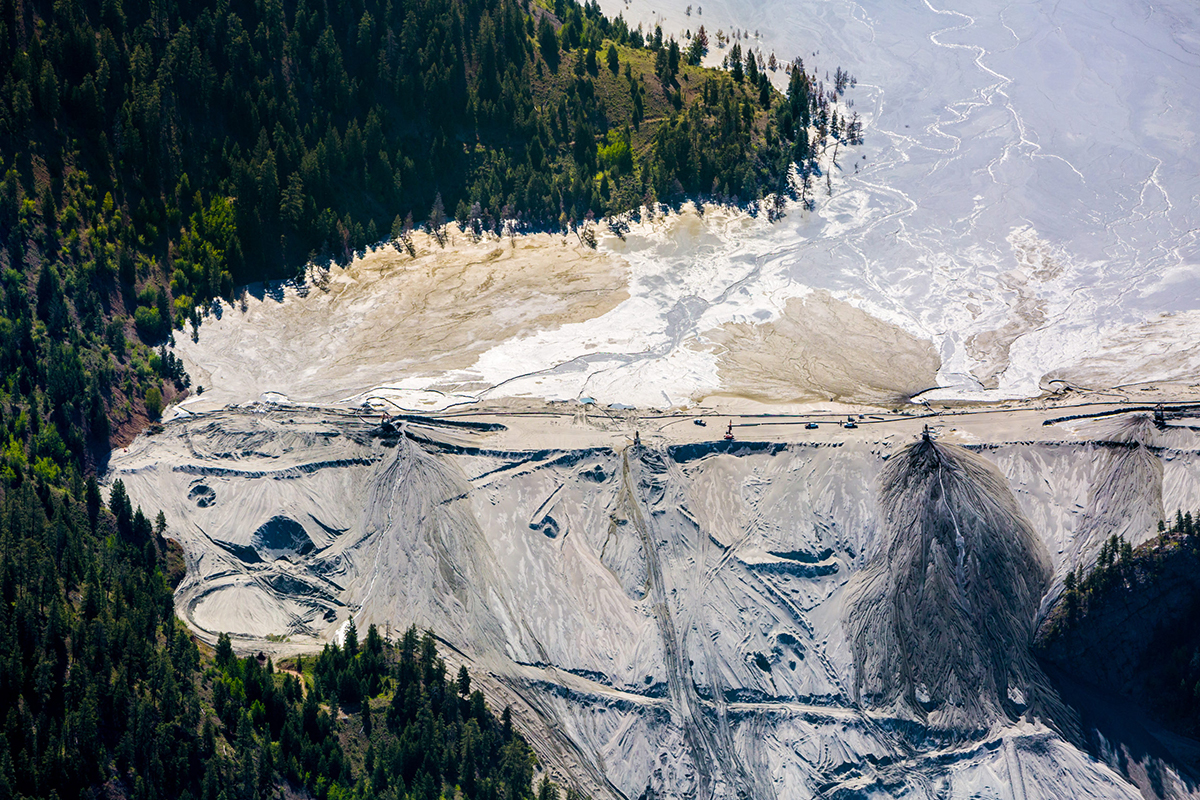
While the federal government released its “critical minerals” strategy in 2023, it only recently defined its criteria for what makes it on the list. The updated “critical minerals” list announced last week fails to narrow the definition and focus on the energy transition. At the BC Mining Law Reform Network, we’ve reflected on the implications of this new list and found it lacking in a few key areas.
Broad Definitions and Missed Environmental Considerations
The new “critical minerals” list ostensibly aims to position Canada as a leader in the mining sector by identifying minerals deemed essential for economic security and technological advancement. From the perspective of environmental conservation, the list falls short of addressing the urgent need to protect biodiversity and natural habitats. Mining operations, including those that could be intensified under the new list, pose significant risks to ecosystems already under strain from climate change and industrial exploitation. Any list of this sort must consider the need to reverse biodiversity loss and protect critical natural resources (such as water) from mining pressures.
Lack of Alignment with Indigenous Rights
One of the most critical oversights of the updated list is its failure to align with the UN Declaration on the Rights of Indigenous Peoples (UNDRIP). Any expansion of mining activities must ensure Free, Prior, and Informed Consent (FPIC) of Indigenous peoples, which the current list does not guarantee. This lack of commitment undermines not only the rights of Indigenous communities but also Canada’s own legal and ethical obligations.
Questionable Criteria and Definitions
The compilation of the list was done using vague and overly broad criteria to define what constitutes a “critical” mineral. We wanted to see an emphasis on transition minerals, and a need to broaden supply chains to include sourcing from recycling, reusing and re-mining brown sites. Despite some emphasis on the need for new mined materials to meet the demands of the renewable energy transition, the criteria allows any mineral to qualify as critical if it can be deemed economically beneficial and could suffer supply chain disruptions. Moreover, there is a troubling emphasis on minerals needed for “national security” applications. Such a wide open definition fails to consider the long-term environmental impacts or cumulative effects of ramping up mining writ large.
The Path Forward: A Call for a More Sustainable and Just Policy
As we reflect on this updated list, we will continue to advocate for a “critical minerals” strategy that prioritizes:
- Environmental sustainability: Ensuring that mining does not exacerbate habitat and biodiversity loss or water scarcity.
- Indigenous rights: Adhering to UNDRIP and ensuring that all mining projects have the free, prior, informed consent of Indigenous peoples.
- Economic diversification: Focusing on mining to support the transition to a low-carbon economy, and withdrawing public support from minerals for defence and unsustainable industrial uses .
- Reducing demand for new mines: There are a number of policy levers Canada can use to reduce the demand for “critical minerals” and source materials from recycling and brownfield sites.
We need urgent action on climate change. We advocate for a more restrictive approach to defining “critical minerals”, one that aligns with climate and environmental goals and supports the rights and sovereignty of Indigenous peoples. It is time for Canada to lead with policies that don’t swap out one extractive industry for another.
Featured image: The tailings dam at Copper Mountain mine. Credit: Benjamin Drummond and LightHawk.
